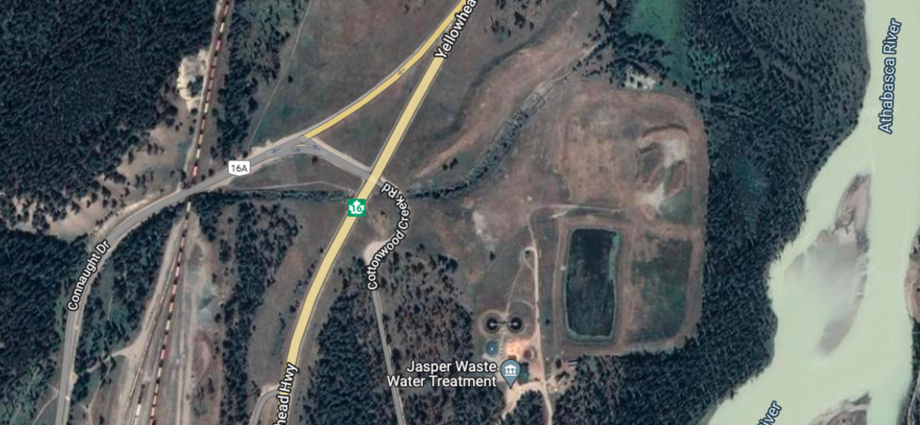
By Scott Hayes, Local Journalism Initiative Reporter, Jasper Fitzhugh
November 16, 2022
The dried-out lagoons are just sitting there with the sun shining down on them. It’s a scenario that is rich for one opportunity, and one only.
The municipal energy manager presented a viability report on establishing a solar plant to town council last week. Council took it into consideration during this week’s presentations for its upcoming budget.
The report is the first step toward examining the feasibility of generating solar power at the Wastewater Treatment Plant on Cottonwood Creek Road.
“The opportunity is there. Alberta… everybody knows it’s one of the best places for solar resources,” said Faraz Khan, municipal energy manager.
“We have a significant opportunity to utilize a piece of land [by] offsetting some of our electricity with more environmentally friendly options.”
Last year, administration identified the five-hectare parcel of land as a potential solar installation, as other development options were limited as the area consists of dried out lagoons. A discussion was later held with ATCO to determine the potential of such a project.
ATCO’s analysis showed that there was indeed potential for a solar generation system. In September, it provided the municipality with its study showing two preliminary options that would both meet the micro-generation regulations and recommended next steps.
The first option is a 750 kWAC (kilowatt alternating current) solar array that utilizes a portion of the land available and would offset nearly the total electricity usage at the wastewater treatment facility. Producing more than 1.1 kilowatt-hours/year, it would effectively make the facility net-zero.
The second option is a 2.38 MWAC (megawatt alternating current) solar array that would occupy the majority of the available land and would offset more than 95 per cent of the electricity usage consumed by the wastewater treatment facility, the activity centre, the pumphouse, and the aquatics centre combined. It would produce more than 3.7 megawatt-hours/year.
The estimated capital cost of the first option would be between $1.5 and $1.65 million and would produce an estimated annual savings of $54,353/year. The estimated capital cost of the second option would be between $4.78 and $5.258 million and would produce an estimated annual savings of $177,480/year.
Both would take more than 25 years before the savings would fully balance out the investment. This initial overview does not consider the effect of inflation on the price of electricity, nor does it take into account potential grant funding to offset the costs of the project.
Before council proceeds, it needs to approve a more in-depth feasibility study. That study would examine the solar resource assessments, the energy yield, the conceptual design on how the panels would be there, a more detailed capital cost, plus operating costs and a financial modeling and regulatory review.
“We’ve given them some information, so the council can have a good amount of information when they’re making their decision,” Khan said.
The preliminary cost of preparing a feasibility study is approximately $50,000.
“Unless you look into it in more detail, it’s really hard to say how good of an option it is, but right now, it looks promising,” Khan said.
Council started its budget deliberations this week. No decision on approving the feasibility study has yet been made.
Regardless, Khan said he considered it progress that the concept of a solar plant is even being talked about.
Subscribe to our newsletter.
“It’s great that we are even having the conversations. That just means that the town and the municipality and the people here are willing to actually explore and talk about this and have discussions, which is always a good thing to have.”


